Freak out and give in: on this week's episode of our What's That Sound series, Noam and Jessica take on the hard-hitting drums of The Smashing Pumpkins' breakout single "Cherub Rock". Produced by grunge legend and Garbage drummer Butch Vig with a performance by longtime drummer Jimmy Chamberlin, this signature song was the first single from their instant classic Siamese Dream.
This time around, we used a vintage 70s Gretsch kit paired with Jimmy Chamberlin's very own Yamaha signature snare, Zildjian K-Darks for the hi-hats and crash, and an A-Sweet ride. As is the case with most of Vig's productions at the time, the key to this sound is making sure the drums punch through the fuzzed-out, thick guitars which are pushed forward in the mix and panned hard left and right. Upon our first listens, we noticed the snare and the hi-hat are placed right at the middle of the mix with nearly no stereo imaging—this means that the snare was likely close-mic'd and served as the source for the hi-hat sound.
That in mind, Noam placed two mics at the top of the snare: a SM57 to cover the mid-range, and an AKG 451 to cover the remaining high-end and low-end. For some added compression without dealing with hi-hat bleed, the bottom of the snare received an AKG 414. The snare track was then treated with a Valhalla reverb plugin in mono. Further research on forums revealed that they placed a second snare sample underneath the original snare hits for some added thickness—we recreated this with a Ludwig Supraphonic and prioritized the room mic signal. Finally, the kick was captured by two mics—an Electro-Voice RE20 for the in, and a Bock iFET for the out.
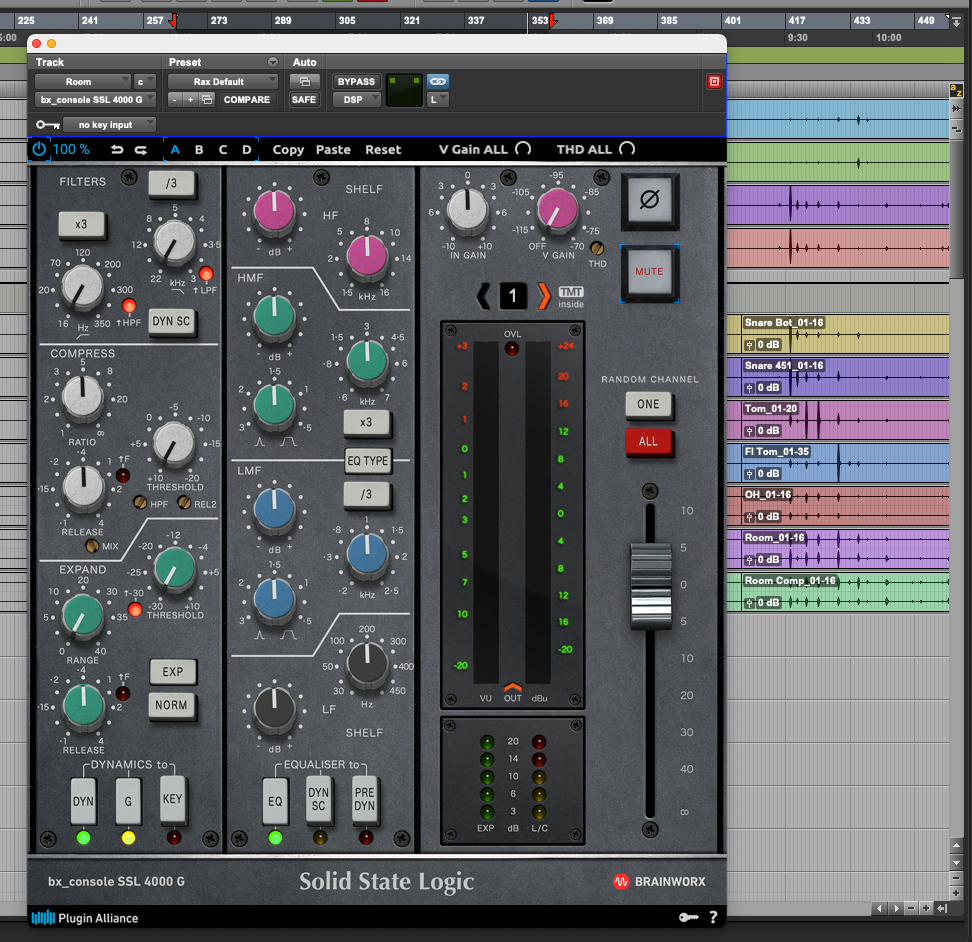
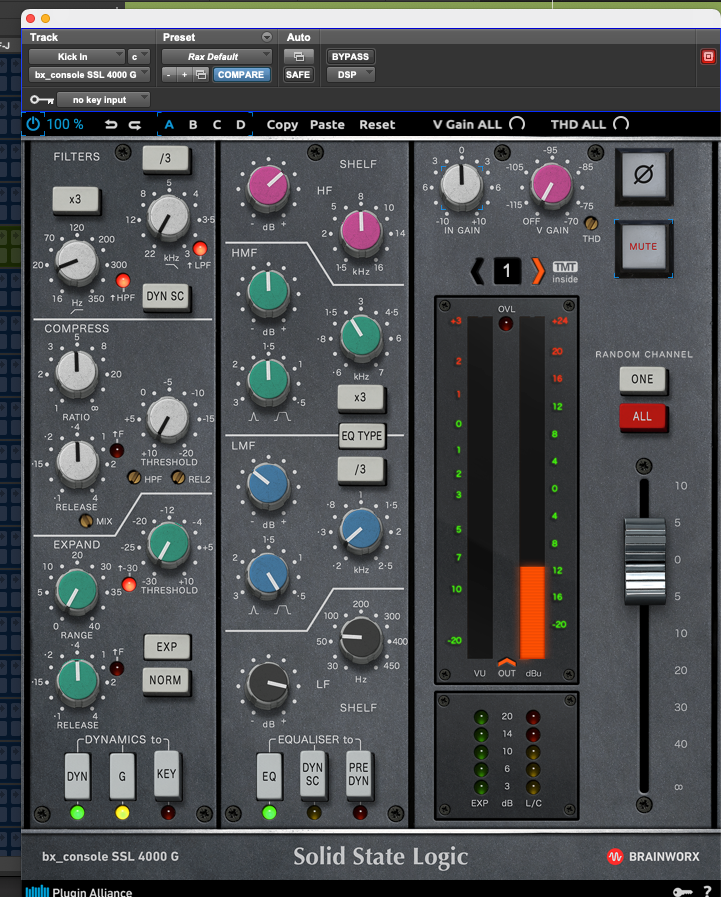
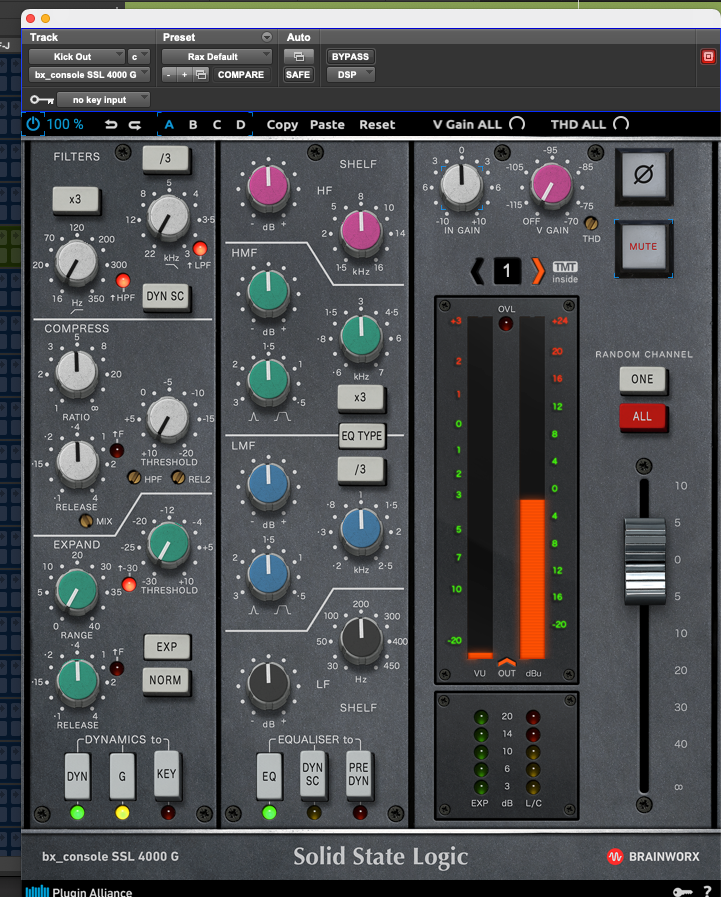
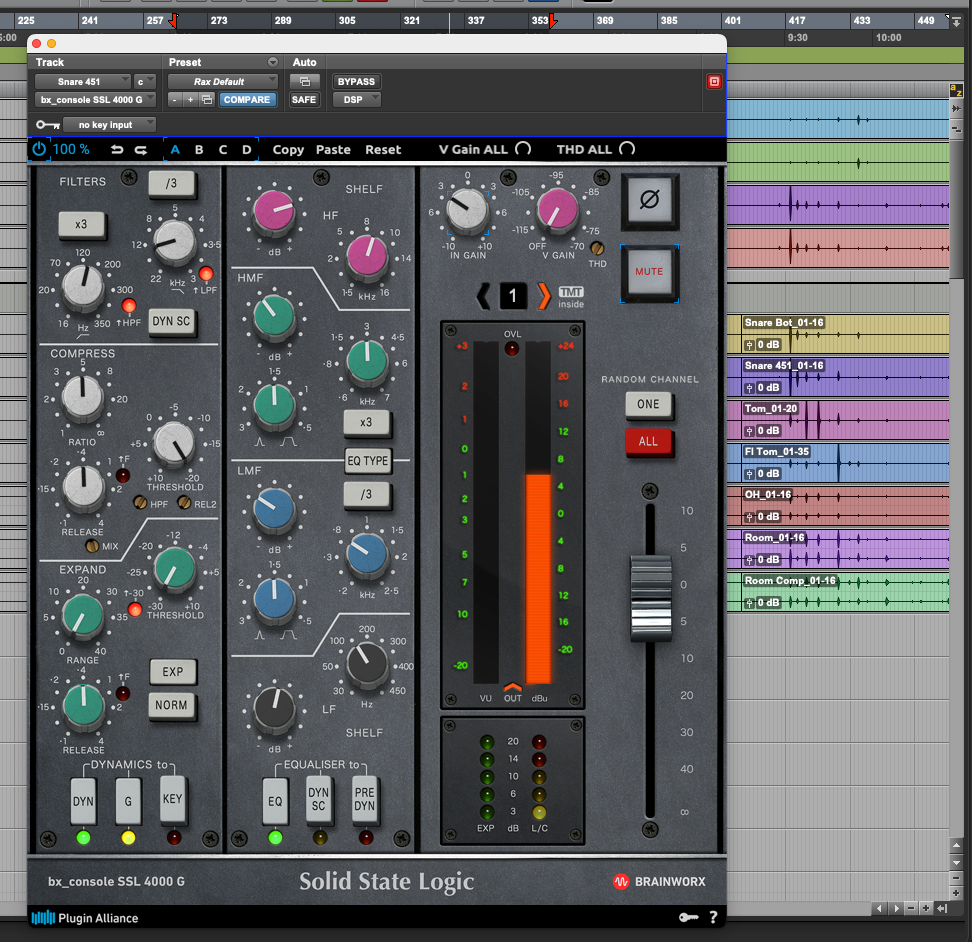
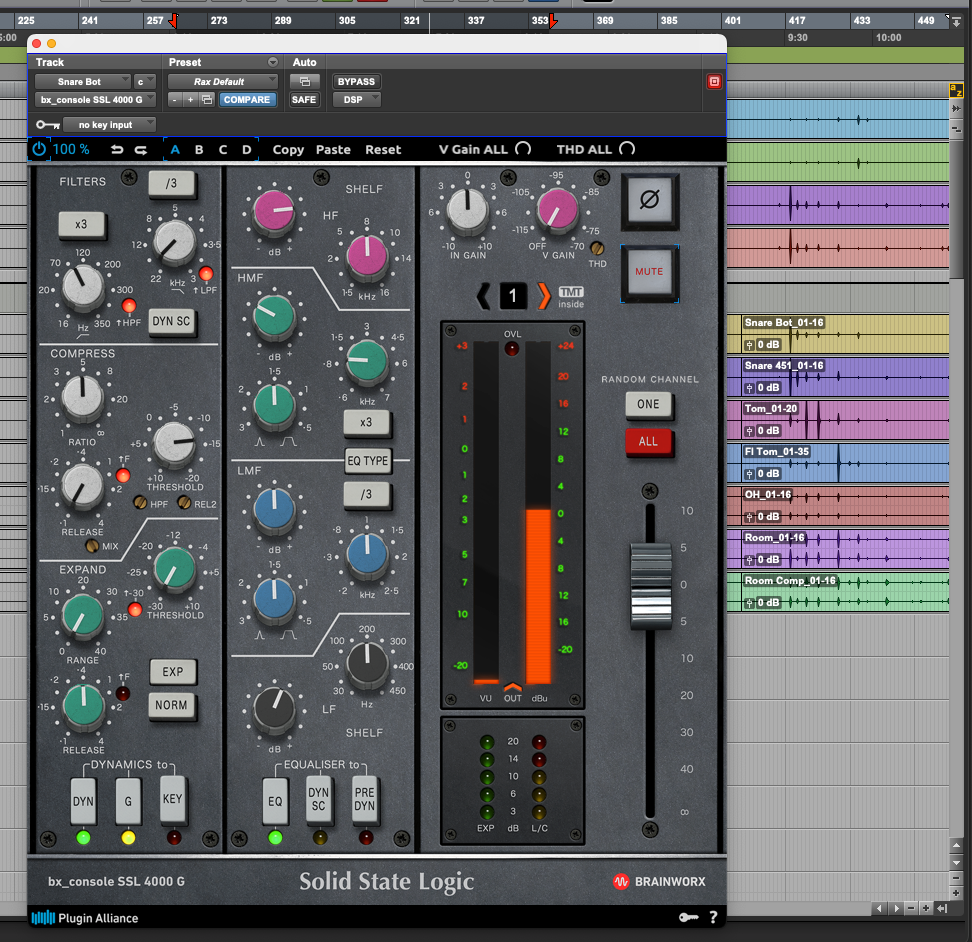
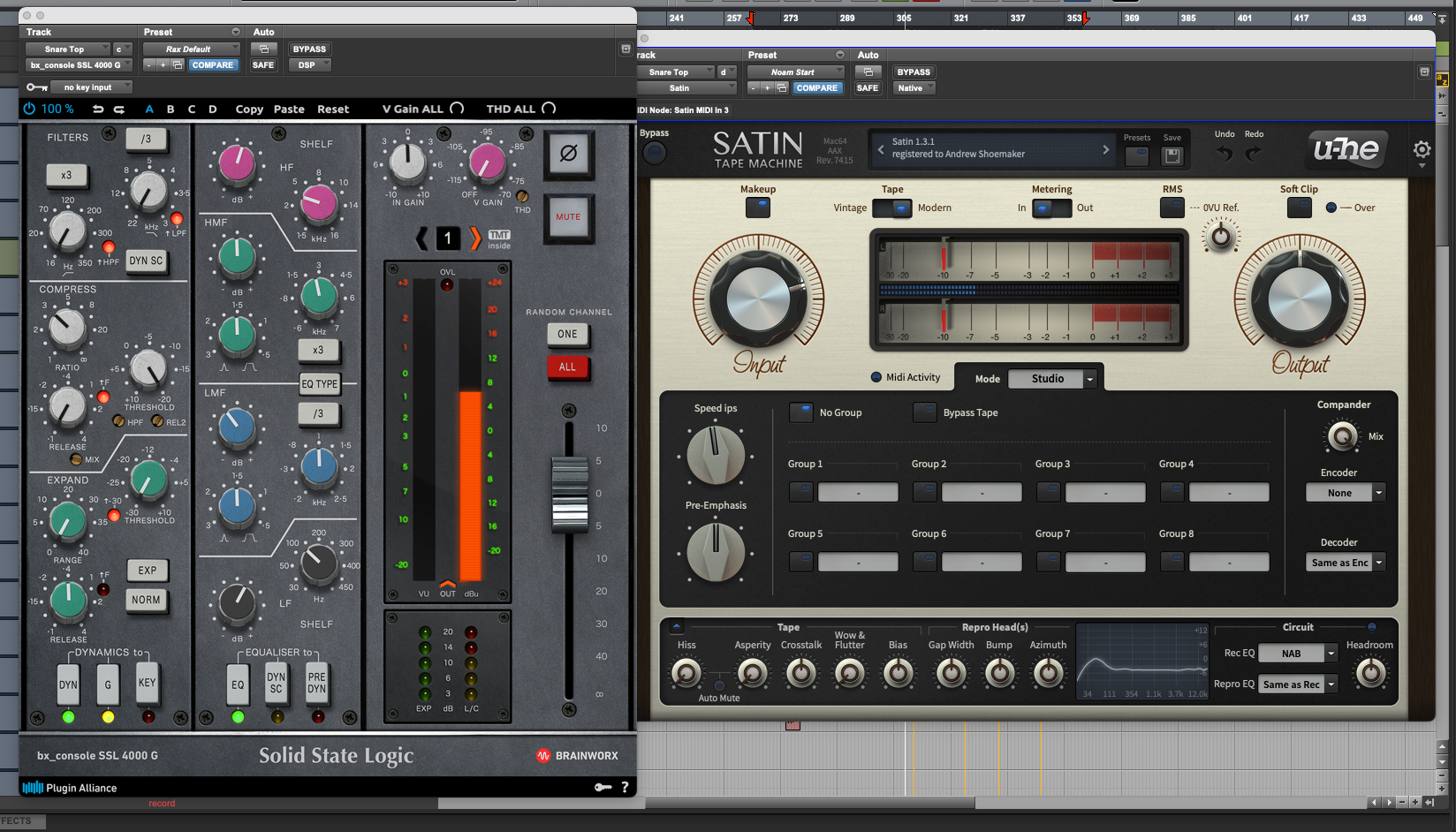
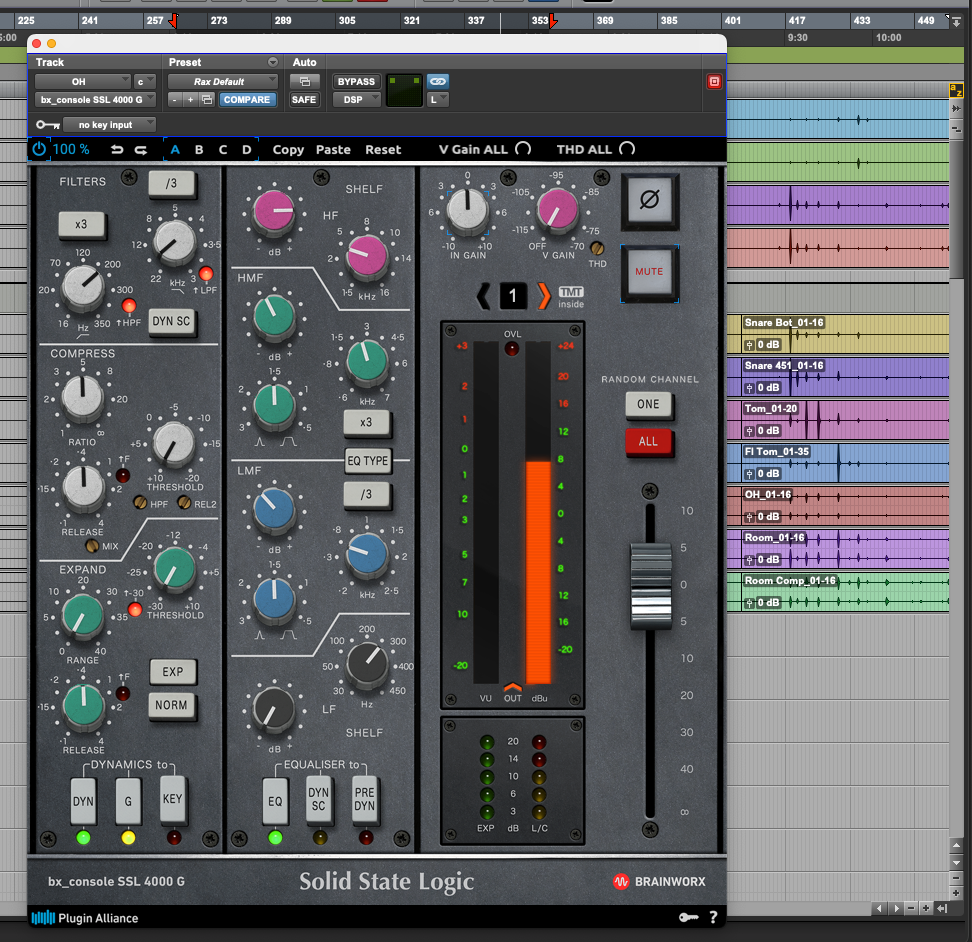

Since the toms were also close mic'd with Sennheiser 421s, the overheads (also 414s) were relegated to the cymbals with the low end below 100 Hz filtered out. As far as room mics were concerned, we used a pair of Coles 4038s spread wide for an added dose of energy. Their signal was then split two ways and blended together for a parallel compressed sound: one tracked totally dry, and the other treated with a Chandler TG1 limiter. To leave space for the guitars—which cover the 300-700 Hz range—we tailored the drum track's overall EQ.
Now that we've told you all our secrets, check out the video above and see how we did.

